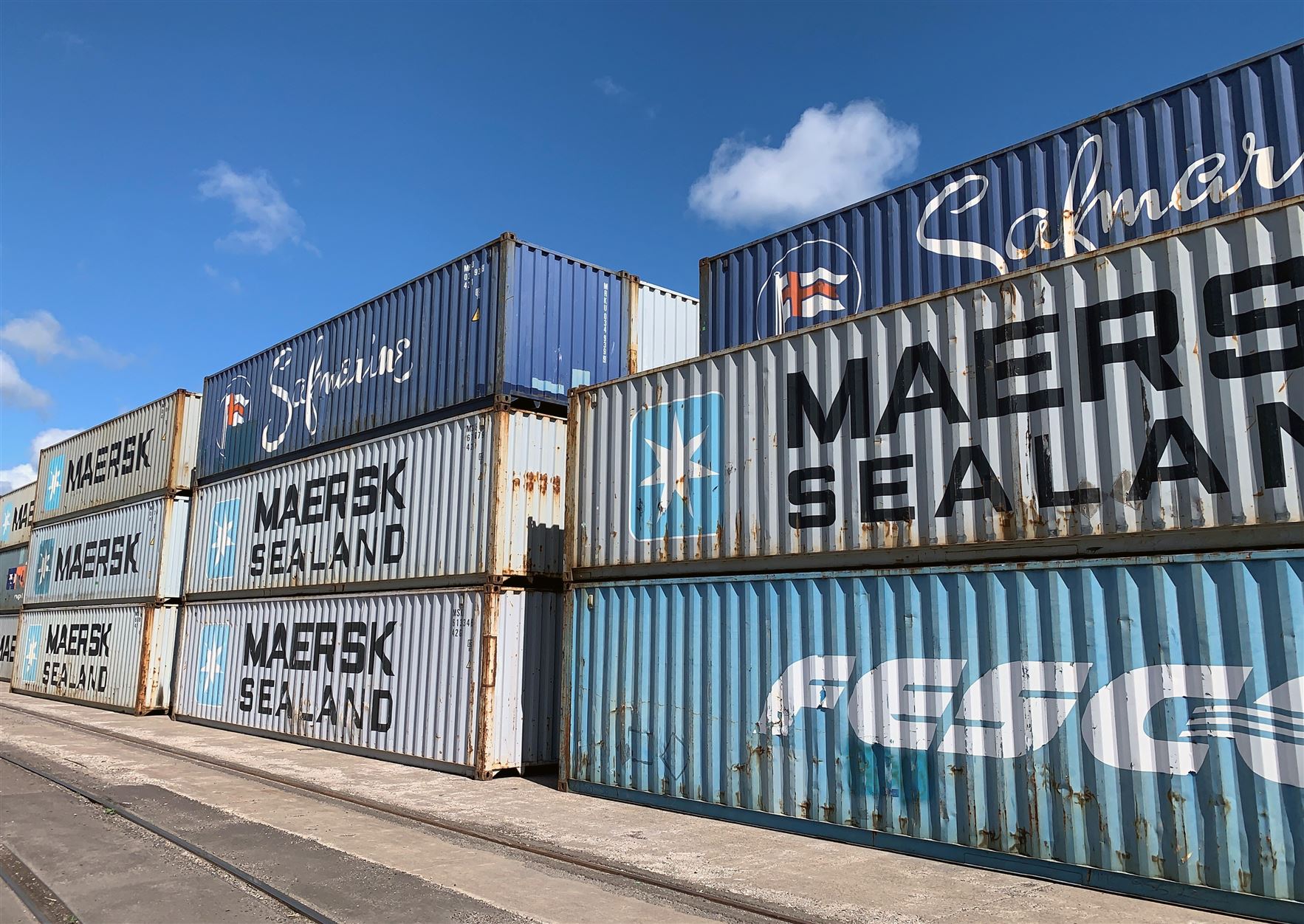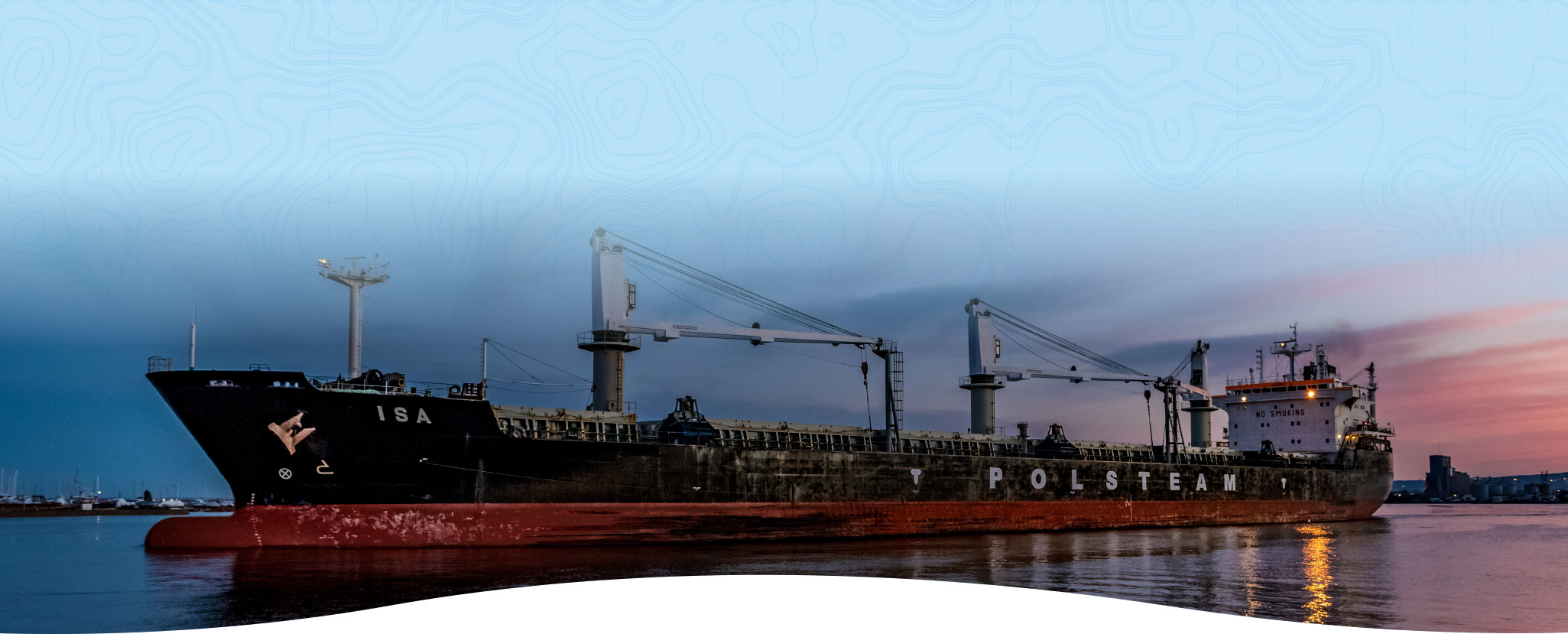
DULUTH, Minn. — Port officials announced today that Duluth’s Clure Public Marine Terminal now has the ability to handle significantly larger volumes of international shipping containers transported by vessel, in an expansion that will augment existing road- and rail-based intermodal container service under the Duluth Cargo Connect banner.
Through recent investments in infrastructure and capabilities to ensure homeland security compliance, Duluth now becomes only the second United States port on the Great Lakes-St. Lawrence Seaway System capable of handling containers by direct water connection and the only such port west of Cleveland, Ohio.
“Our Clure Terminal is a full-service multimodal logistics hub for the Upper Midwest, so it’s only natural that we offer the advantages of maritime container handling to complement our land-based network,” said Deb DeLuca, executive director of the Duluth Seaway Port Authority. “We’ve been nurturing this potential for a while and we’re excited to see it coming to fruition. Considering the significant congestion and delays occurring at some coastal ports, we provide a fluid alternative for containers to move inland and bypass those coastal bottlenecks.”
As North America’s furthest-inland seaport, Duluth is an attractive, uncongested choice for shippers looking to move containerized cargo to and from America’s heartland. In recent years, that activity included only land-based movement on the region’s highways or four Class I railroads serving the Clure Terminal. This new waterborne container option is available now, exclusively through Duluth Cargo Connect.
“We’re excited about expanding our container services to include a direct maritime connection over our docks, which will give our customers even more opportunity and flexibility in their supply chains,” said Jonathan Lamb, president of Duluth Cargo Connect. “Whether the commodity is raw materials for manufacturing, finished goods, foodstuffs or other retail items, and whether connecting via feeder vessel with steamship-owned containers from a coastal port or direct charter vessel with private shipper-owned containers, we are well equipped to provide shippers with a seamless alternative.”
DeLuca and Lamb cited the many added services Duluth Cargo Connect offers as a significant benefit to shippers. Beyond basic handling and customs clearance, the terminal features Foreign Trade Zone status, capability to stuff/de-stuff containers on-site, heat-treated dunnage certification for export packaging, a truck scale, reefer plugs, robust highway and rail connections and the most environmentally efficient way for containers to connect in and out of the Midwest.
“This idea of containers reaching the Midwest direct by water isn’t new,” said DeLuca. “It’s been part of the Clure Terminal vision since the mid-1960s, but the time is right to bring that vision into a modern focus, and we’re well positioned to do it.”
###
Approximately 800 vessels and 35 million short tons of cargo move through the Port of Duluth-Superior each year, making it the Great Lakes’ largest tonnage port and one of the nation’s top 20. The port supports nearly 8,000 jobs and contributes $1.4 billion in business revenue to the regional economy. Learn more at DuluthPort.com.

